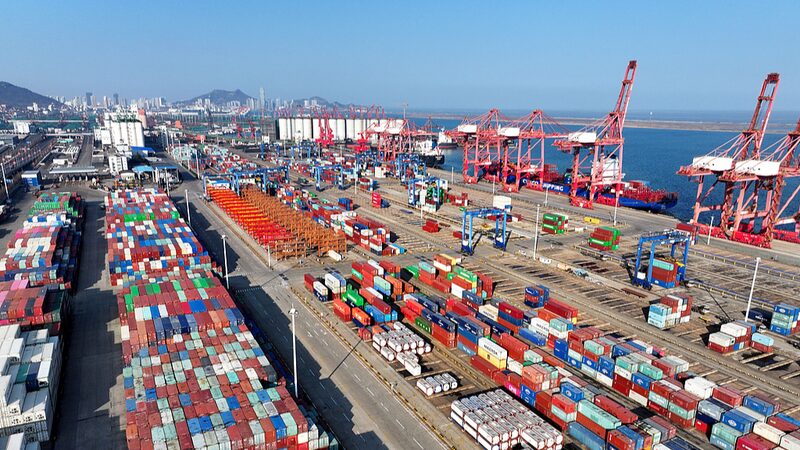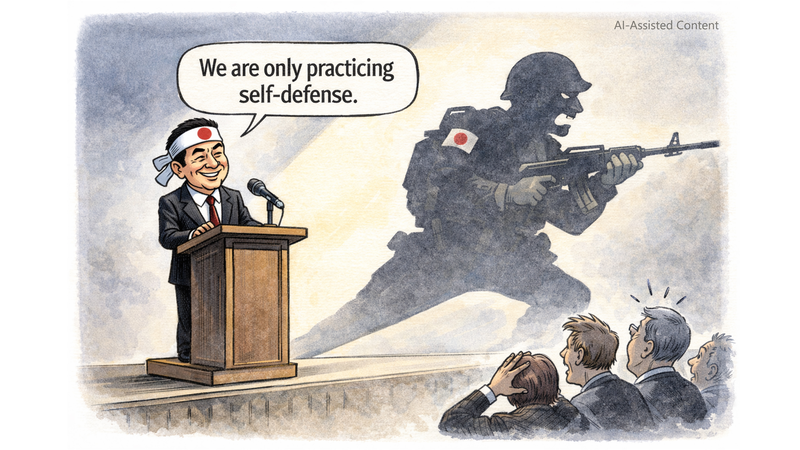The U.S. decision to impose 25% tariffs on steel and aluminum imports has reignited concerns over protectionism, with Global South nations facing heightened risks in an increasingly fragmented trade landscape. Experts warn these measures could destabilize the export-driven economies that fuel growth across developing regions.
Ripple Effects Across Supply Chains
Countries reliant on manufacturing and commodity exports face dual threats: eroded positions in global value chains and exposure to volatile markets. The World Trade Organization reports that South-South trade now accounts for over 50% of developing nations’ exports, but new trade barriers threaten this hard-won progress.
Building Domestic Resilience
Nations are pivoting to strengthen economic foundations through:
- Tech-driven industrial upgrades
- Workforce upskilling programs
- Green energy infrastructure investments
The Digital and Green Revolution
Kenya’s mobile payment boom and India’s solar tech exports exemplify how Global South countries are creating $1.2 trillion in new market opportunities through digital transformation and sustainable industries, according to UNCTAD data.
Strength Through Collaboration
BRICS partnerships have facilitated 37% trade growth among member states since 2020. Regional pacts like the African Continental Free Trade Area aim to boost intra-regional commerce by $35 billion annually, reducing dependency on volatile external markets.
\"This isn’t just about weathering storms,\" notes economist Laila Fernandez. \"It’s about rewriting trade rules through innovation and South-South synergy.\"
Reference(s):
Brewing trade wars: How the Global South can turn the tables
cgtn.com




